A Temply Tomb Adventure
Monday, February 18, 2013
 Haikou, Hainan, China
Haikou, Hainan, China
Hey Hey and a Big G'Day toya,
Man travelling during Spring Festival is frustrating!
11:00am
Me: Two tickets to Haikou please.
She: There’s a train at 18:40 this evening.
Me: But it’s only a two hour train ride, they leave every half an hour or so.
She: yes.
Me: yes…um…no…um…what?
She: There is a train at 18:40 this evening.
Me: um, I don’t understand.
She: Do you want two tickets?
Me: I guess I do.
21:00pm
Judy: Do you have the address for the hotel?
Me: Yes, I took a screen shot of the booking.
Judy: Ok, show the taxi guy.
Me: I can’t because my stupid phone won’t show the shot.
Judy: Why?
Me: I have no idea it’s never done this before.
Judy: It’s ok. I have it on my camera too.
Pity her camera had the tiniest screen known to man as no one could read it.
22:00pm
We finally found someone who could read her camera screen.
Me: I need a beer and this is why I never book anything online.
Judy: Shut up or I’m going to kill you in your sleep!
Me: Yep, I’m thinking I’d better shut up or I won’t get my beer!
So anyhow, after a wonderful two weeks in beautiful Sanya city with my mate Aussie Judy riding from golden beach to golden beach, lashing out on fresh sea food BBQ’s, arm sized fish, huge scallops and drinking buckets of cold beer it all came to an end yesterday morning when she grabbed her pack and a cab and began her multi flight journey home to Australia.
Huge hotels, did I ever tell you how much don’t like huge three to five star hotels?
Lifeless horrid things they are, especially when they are in the dry armpit of town next to the ring road without a single store nearby. Thankfully at the foot of the huge hotel there was an outdoor BBQ that cooked up some of the most almost un-eatable BBQ you would never want to eat (some nights it was not so bad). It was so weird as the BBQ staff raced around frustrated like they were in a huge restaurant but there was only five or so small tables which were mostly empty.
I had the option of staying in a huge plush hotel in the dry armpit of town for the same price as a small hotel 'in town’, this morning I packed and grabbed a Motorbike Guy (local taxi) and headed to the vibrant part of town. Yesterday I finally got my ‘off the island’ ticket sorted. I hadn’t bothered prior as I had decided to head to Guangzhou City (Canton) and then grab a bus a little north to south Jiangxi Province to spend several days checking out some more huge Hakka Peoples houses, but it seems tickets out of Haikou and off Hainan Island in general are at a standstill.
Today is the February 18th.
There weren’t even flights available to Guangzhou until the 22nd.
Flights to Nanchang (where I began my holiday), nothing until the 25th.
There were no bus tickets, no train tickets and no plane tickets available anywhere!
In the end I said I will take any flight ticket that takes me off Hainan Island and after waiting for over three hours a ticket to Wuhan City became available as Woo Hoo, tomorrow somebody didn’t want to fly north and I do so I snapped it up and I’m out of here. I will have to wear thermals again but I have them packed!
Wugong Temple (Five Officials Temple)
Wugong Temple is located on the boundary of Haikou and Qiongshan. Five well known officials were banished to Hainan in the Tang and Song dynasties; Li Deyu, Li Gang, Li Guang, Zhao Ding and Hu Quan and the temple was built in their honor. Next to the memorial is ‘Official Su's Temple’ in memory of the great poet and writer, Su Dongpo (who was also banished to Hainan) and his son Su Guo.
The temple was built around 1590 AD, during the reign of Emperor Wanli in the Ming Dynasty. It has since been rebuilt during the reign of Emperor Guangxu in the Qing Dynasty and has been renovated several times since with the inclusion of gardens, ponds and pavilions to beautify the area.
Su Dong Po Temple
Su Dong Po Temple is located in the east of the Wugong Temple and was built during the Ming Dynasty and is used to offer prayers to Su Dongpo, who greatly improved the locals cultural and historic education. When Su Dongpo was banished to the island, he took into consideration the lives of the local people and after he became aware of the difficulty of getting drinking water, he began to dig Fusuquan (Floating Millet Spring) and the Xixinquan (Cleaning Heart Spring). The water in the Floating Millet Spring is sweet and clear. Its surface is suffused with small bubbles, which look like the seeds of millet. Accordingly it was named Floating Millet Spring.
Tomb of Hai Rui (Hairui Mu)
The Tomb of Hai Rui is found in a small park in Biya Village and was built in 1589 AD during the reign of emperor Wanli in the Ming dynasty and though the park/tomb area is very small when compared to other attractions it is still a pleasant place to visit.
Hairui was a Chinese official during the Ming Dynasty and is greatly remembered as a model of honesty and integrity in office, his actual tomb is a simple mound and legend has it that, when the pall bearers were transporting his remains here, one of the ropes broke and the coffin fell to the ground. The workers decided that this is where Hairui wanted to be interred, so they buried him on that spot.
Now For a Bit of Haikou History
Located at the North of Hainan is the islands capital, Haikou city and with an estimated population of one million eight hundred thousand it is easily the largest city on the island. Named ‘Haikoupu’ in ancient times, during the Ming Dynasty, it was fortified as ‘Haikousuo’.
Haikou originally served as the port for Qiongshan, the ancient administrative capital of Hainan Island, located five kilometers inland and was once part of Guangdong province. In the 13th century it was fortified and became a military post under the Ming dynasty (1368–1644). When Qiongshan was opened to foreign trade under the Treaty of Tianjin (1858) Haikou started to rival the old administrative city and in 1926, Haikou overtook Qiongshan in population in the 1930s after it was declared a separate administrative county.
Haikou was developed as a port during the Sino-Japanese War (1937–45) when the Japanese invaded and occupied Hainan Island from early 1939 to 1945.
Old Haikou (the oldest buildings in the area) was mostly built by the rich Chinese from the mainland and some overseas Chinese who returned to their homeland. The houses are mixture of Portuguese, French and Southeast Asian style. These streets used to be divided into areas for selling Chinese and western medicine, a street for silk and tailor made clothes, one for the fresh fish and meat, another for incense, candles, paper, ink, etc.
The World’s Largest Human Migration
The figures are mind boggling & here are just a few.
China's transport system is being put to the test as the world's largest annual human migration comes to a peak with the Spring Festival holiday wrapping up.
- More than 6.5 million trips were made on Chinese railways on Thursday, with more passengers expected to flood railway stations on Friday, which will witness the first rush of people returning to work after the seven day Spring Festival holiday.
- A total of 4,550 train services were operating on Wednesday, completing nearly 5.8 million trips for passengers,
- On Wednesday, nearly 50 million trips were made in private cars and buses and about 987,800 passengers traveled through 7,291 flights on the day.
Beers N Noodles toya…..shane
___________________________________________________________
The soundtrack to this entry was by Neil Young
The album was ‘Harvest & Harvest Moon’
____________________________________________________________
Other Entries

 Haikou, Hainan, China
Haikou, Hainan, China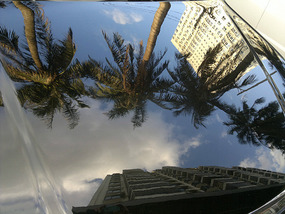
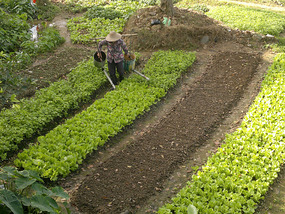
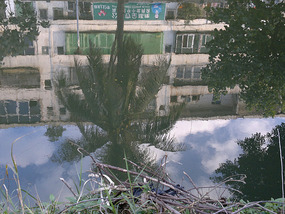
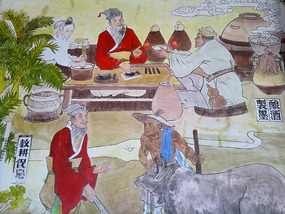
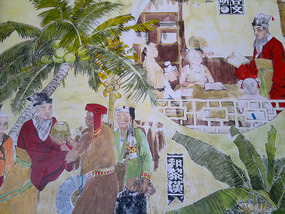
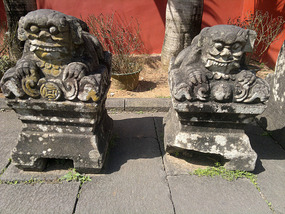
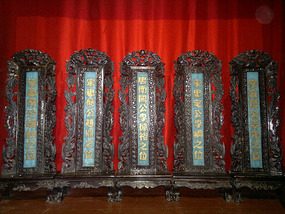
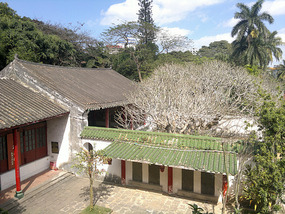
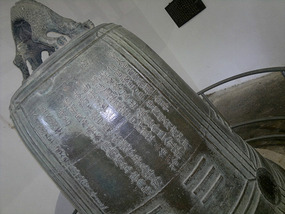
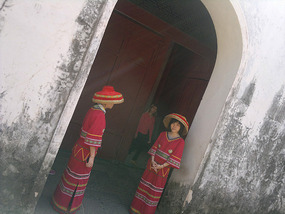
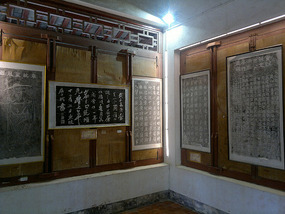
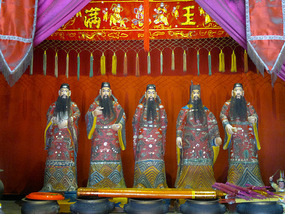
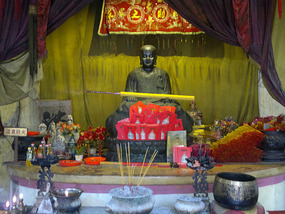
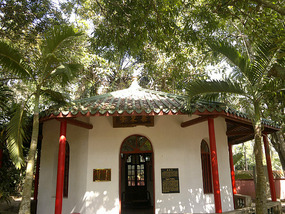
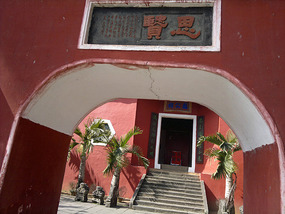
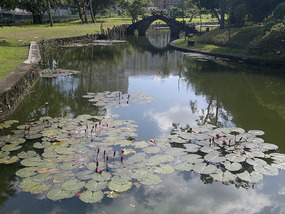
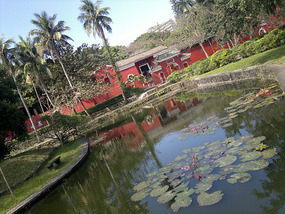

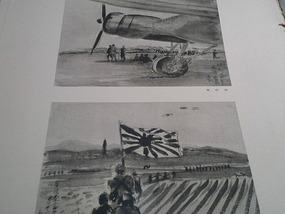


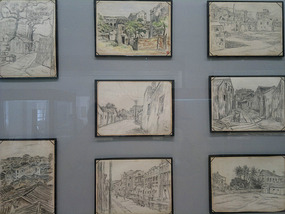
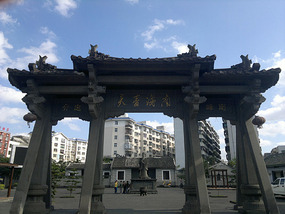
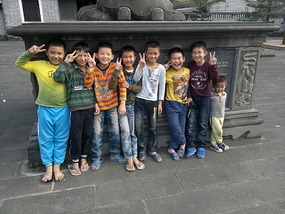
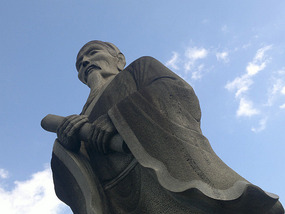
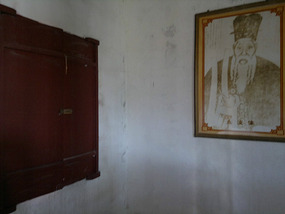
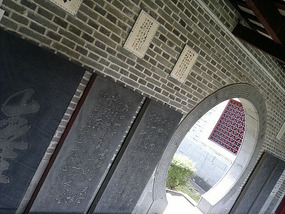
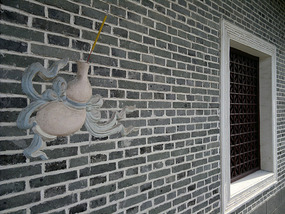
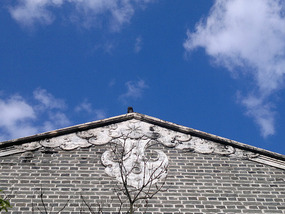
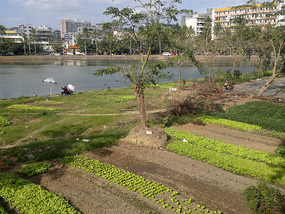


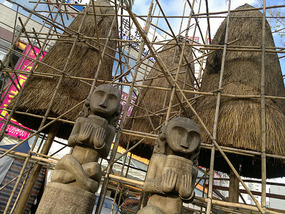

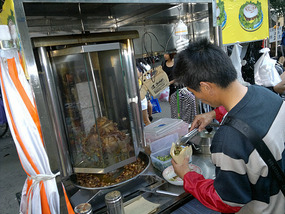

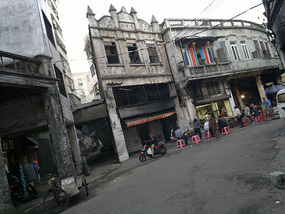
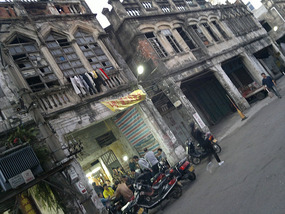

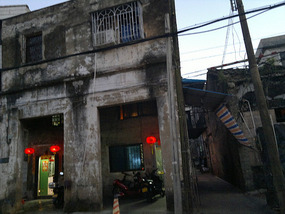

2025-05-22